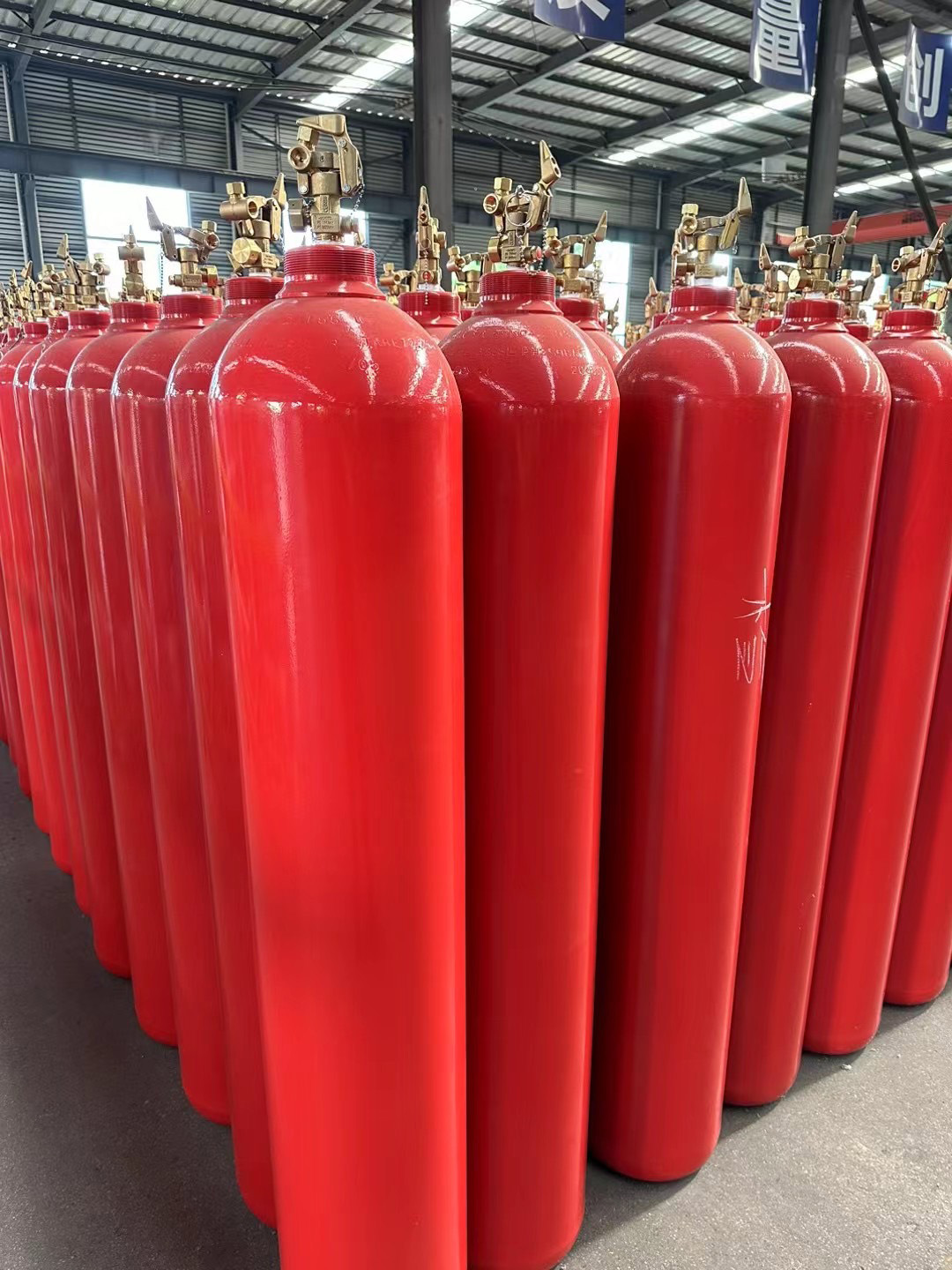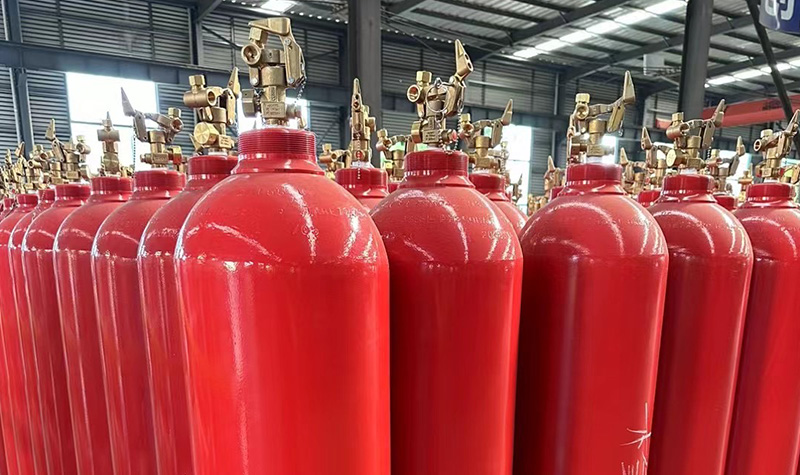Industrial gas liquid carbon dioxide (CO2) is a commonly used industrial gas with extensive applications in multiple fields.
When using liquid carbon dioxide, it is necessary to understand its characteristics and control requirements.
Its application characteristics are as follows:
- Versatility: Liquid carbon dioxide can be used for various applications, including the food and beverage industry, chemical industry, medical industry, welding and cutting, fire protection and firefighting.
- Pressure stability: Liquid carbon dioxide is stored under high pressure at room temperature, maintaining a relatively stable pressure for easy handling and storage.
- Compressibility: Liquid carbon dioxide has a high degree of compressibility, making it occupy less space during storage and transportation.
The use of liquid carbon dioxide is also emphasized.
- Safe operation: Liquid carbon dioxide is stored under high pressure, which requires high safety awareness and skills from operators. Relevant safety operating procedures must be followed, including the correct use and storage of equipment and containers for liquid carbon dioxide.
- Proper ventilation: When using liquid carbon dioxide, it is necessary to ensure sufficient ventilation in the operating area to prevent CO2 accumulation and potential suffocation hazards.
- Leakage prevention: Liquid carbon dioxide is a gas that is prone to leakage and measures need to be taken to prevent leakage. Containers and pipelines must undergo strict inspection and maintenance to ensure their integrity and safety.
- Appropriate storage conditions: Liquid carbon dioxide needs to be stored in a dry, cool, and ventilated place, away from ignition sources and flammable substances. The storage area should be away from personnel movement areas and labeled with relevant safety warning signs.
- Compliance: The use of liquid carbon dioxide must comply with regulations and safety standards, including certification of containers and equipment, obtaining operating permits, etc.

The use of liquid carbon dioxide requires strict adherence to safety operating procedures and relevant regulations to ensure personnel and environmental safety. Before use, carefully read and understand the relevant safety instructions and operating manuals, and receive relevant training.
When storing and managing industrial gas liquid carbon dioxide (CO2), the following aspects need to be considered:
- Container selection: Liquid carbon dioxide is usually stored in high-pressure steel cylinders or pressure vessels in storage tanks. These containers must comply with relevant standards and regulations, and be regularly inspected and maintained to ensure their integrity and safety.
- Storage conditions: Liquid carbon dioxide should be stored in a dry, cool, and ventilated place. The storage area should be kept away from ignition sources and flammable substances, and avoid direct sunlight. The storage area should be clearly marked with safety warning signs for liquid carbon dioxide.
- Leakage protection: Liquid carbon dioxide is a gas that is prone to leakage, and measures must be taken to prevent leakage. Containers and pipelines should be regularly inspected and maintained to ensure their integrity. Leakage detection equipment can be installed in the storage area for timely detection and handling of leaks.
- Safe operation: Personnel storing and managing liquid carbon dioxide must receive relevant training to understand the characteristics and safe operating procedures of liquid carbon dioxide. They should be familiar with first aid procedures and understand how to respond to leaks and accident situations.
- Inventory management: It is important to manage the amount of liquid carbon dioxide used. The usage record should accurately record the procurement, use, and inventory of carbon dioxide, and conduct regular inventory.
In summary, the storage and management of liquid carbon dioxide requires strict adherence to safety operating procedures and regulatory requirements. Ensuring the integrity and safety of containers, providing appropriate storage conditions, conducting leakage prevention and safety operation training, and conducting inventory management and compliance management are important measures to ensure the safety of liquid carbon dioxide storage and management.


